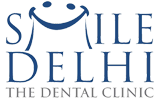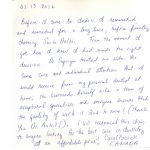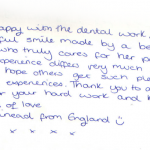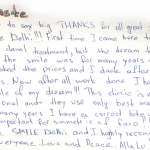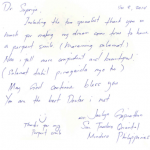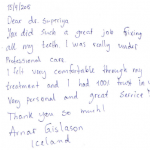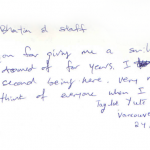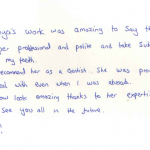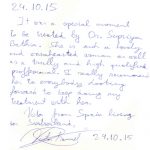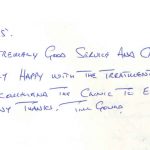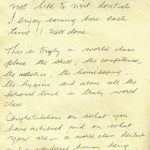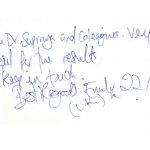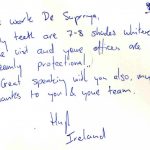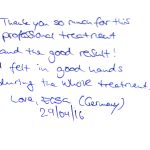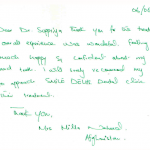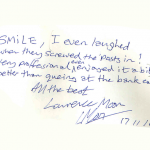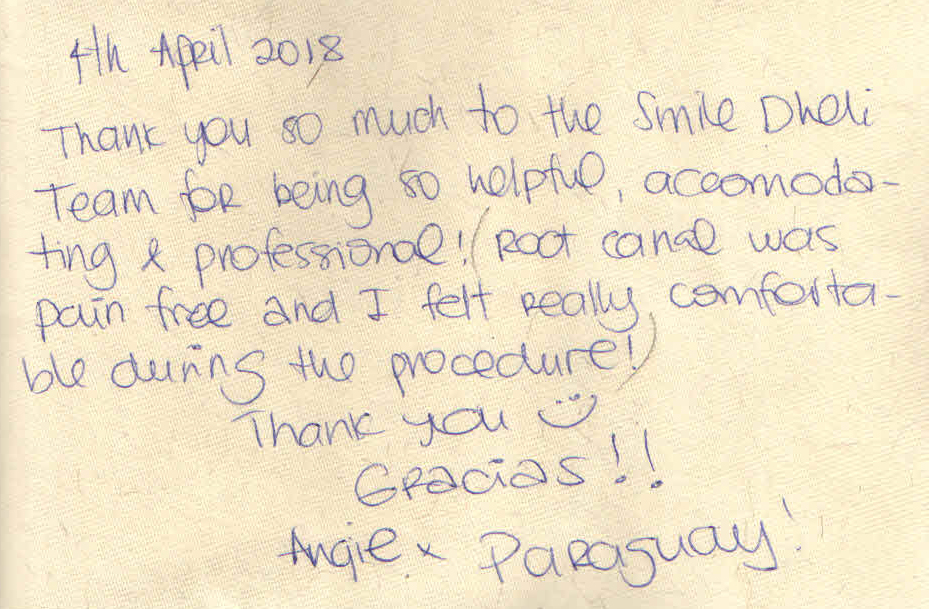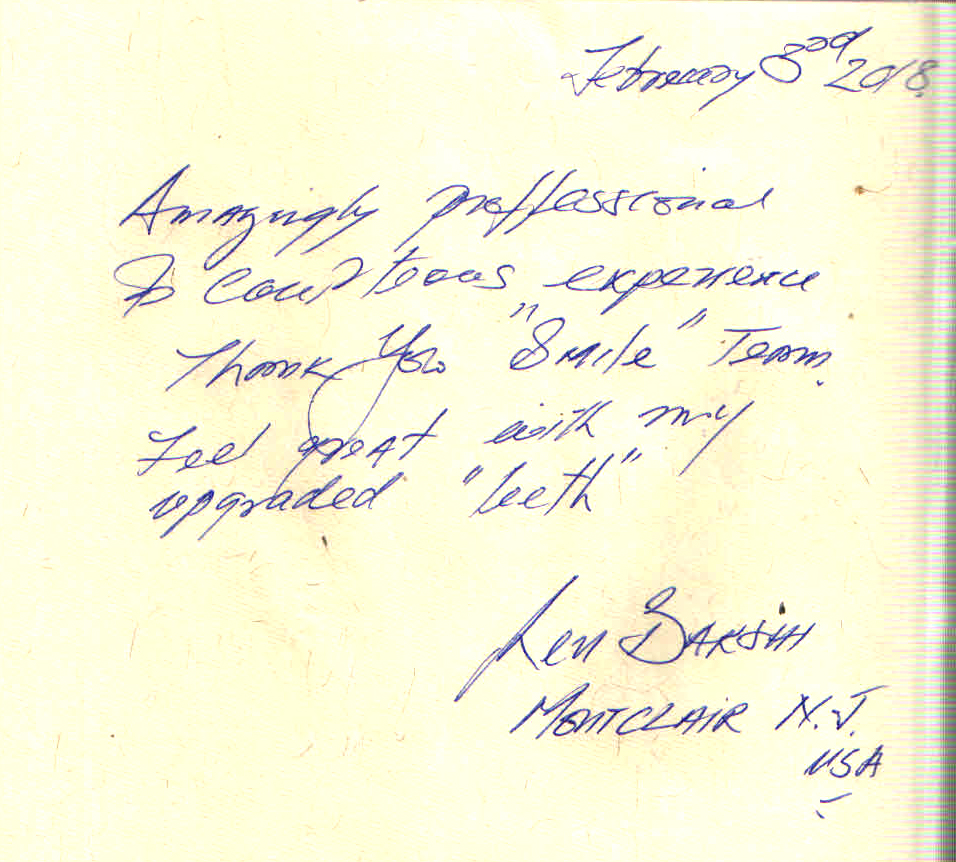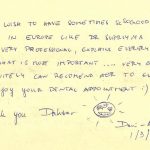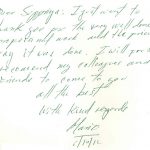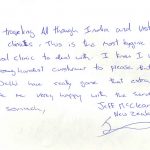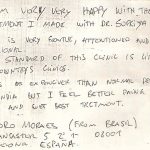Syncope Management In A Dental Clinic
A medical emergency in the dental office may be an unexpected event.
Any dental professional can encounter an emergency during the course of their treatment. Every dental specialist should have the knowledge to identify and manage a potentially life-threatening situation.
The ultimate goal in the management of all emergencies is the preservation of life.
An emergency is a medical condition that demands immediate attention and successful management.
Oral health professionals and staff need to be equipped with necessary skills and knowledge in order to be able to manage medical emergencies as they may occur.
Early recognition of signs and symptoms of emergency events and familiarity with management procedures are the key to saving patients.
Syncope is the most common emergency seen in dental offices. It is defined as a transient sudden loss of consciousness due to reduced blood supply to the brain
It is often caused by anxiety. The typical presentation of syncope is dizziness accompanied with sweating, feeling of being light headed, slowed pulse rate, and loss of consciousness. Nausea and/ or vomiting may or may not occur.
Dental clinics in Delhi like ‘Smile Delhi-The Dental Clinic’ make it a point to understand what are the patient’s reasons for fear and anxiety and plan the sittings with the focus being to work together to alleviate the patient’s fears and not just get through with the treatment.
Predisposing factors for syncope can be divided into two categories, psychogenic or non-psychogenic factors.
Psychogenic factors include:
- Anxiety
- Fright
- Stress
- Sudden and unanticipated pain (injection or during treatment)
- The sight of blood (gauze, dental instruments)
Non-psychogenic factors include:
- Sitting in an upright position (especially at the time of administering the injection) or immobility while standing resulting in blood pooling in the peripheral extremities, decreasing the flow of blood to the brain.
- Hunger from dieting or missed meals resulting in decreased glucose supply to the brain.
- Exhaustion
- Poor physical condition
- Hot, humid environments
If muscle activity occurs, the blood volume diverted to the muscles is returned to the heart. If muscle activity does not occur (sitting or standing still), there is increased peripheral pooling of the blood in the extremities and a decreased return of blood to the heart. This leads to a decrease in the circulating blood volume, a drop in arterial blood pressure and diminished cerebral blood flow resulting in syncope.
Not managing the body’s mechanism to compensate for the decreased circulatory volume in a timely manner leads to:
- Reflex bradycardia
- Decreased cardiac output
- Decreased blood pressure
- Cerebral ischemia
- Convulsions
Signs and symptoms
These are divided into early and late stages-
In the early stage the patient:
- Expresses feeling warm
- Exhibits loss of color with an ashen-gray skin tone
- Perspires heavily
- Reports “feeling bad” or “feeling faint”
- Reports feeling nauseous
- Exhibits slightly lower blood pressure and high heart rate
In the late stage the patient exhibits:
- Pupillary dilation
- Yawning
- Hyperpnea
- Cold extremities
- Hypotension
- Slow heart rate
- Visual disturbances
- Dizziness
- Loss of consciousness
Prevention
The first step in the management of syncope is prevention. This is accomplished by:
- Taking a thorough medical and dental history to identify any factors that might contribute to syncope, i.e., previous history of syncope, a fear of dental treatment due to previous traumatic dental experiences or pain, and hypoglycemia.
Patient counseling and motivation also play a role in minimizing the emergencies. - Most of the syncopal attacks can be prevented by ensuring that the patient has had their meal before treatment in case of systemic diseases like diabetes and especially patients, who are anxious, should eat a light meal prior to treatment to maintain a stable blood glucose level during stressful treatment.
- It is most often caused by anxiety. For some patients, assuaging anxiety only requires that dentists explain each procedure in more detail. Dentists in Delhi are routinely counseling anxious patients especially before surgical procedures.
- Others may require different levels of sedation (antianxiety techniques ranging from nitrous oxide/oxygen to general anesthesia to properly address their anxiety.
Patients should be treated in a supine or semi-supine position especially before administering the injection.
The prompt recognition and efficient management of medical emergencies by a well-prepared dental team can increase the likelihood of a satisfactory outcome.
Management of syncope includes-
Discontinuing the treatment and assessing the level of consciousness.
Activating the emergency system and call for help and have oxygen and the emergency drug kit brought to the site of the emergency.
Putting the patient into a supine position or in the head down/feet up position and maintain a patent and functioning airway breathing and circulation and elevate patient’s legs. This is achieved usually by the head tilt-chin lift manoeuvre.
Low blood pressure in the brain is the cause of almost all medical emergencies where the patient loses consciousness. Making the patient supine increases blood pressure in the brain and will help the patient regain consciousness in most cases.
Most patients with syncope have a patent airway, are breathing, demonstrate an adequate pulse, and respond to positional changes within 30 – 60 seconds. If pulse is palpable and the patient has not completely lost consciousness, four sugar lumps may be given orally or intravenous 20 ml of 20-50% sterile glucose. A hypoglycemic patient will improve with this regimen.
Aromatic ammonia ampoules may also be administered. Crush the ampule between the fingers and position it under the patient’s nose. The irritating fumes stimulate movement of the extremities and aids in blood return from the peripheral areas to the heart and brain.
If the patient placed in a supine position does not respond in 30-60 seconds, but are breathing spontaneously are likely experiencing hypoglycemia or stroke. Meantime, hydrocortisone sodium succinate 200 mg IV should be given.
Determine the cause of the syncope although many possible explanations exist, the more common reasons include low glucose levels, stroke, or cardiac arrest.
If the patient’s blood pressure is normal, low glucose level is most likely the problem. If the patient’s blood pressure is alarmingly high, he or she may be having a stroke. Both of these scenarios require the urgent contact of EMS.
Dentists in India are very aware of the medical emergencies that can happen in the clinic. Therefore, dental clinics in India are well equipped to handle this.
Posted by- Dr Shriya
